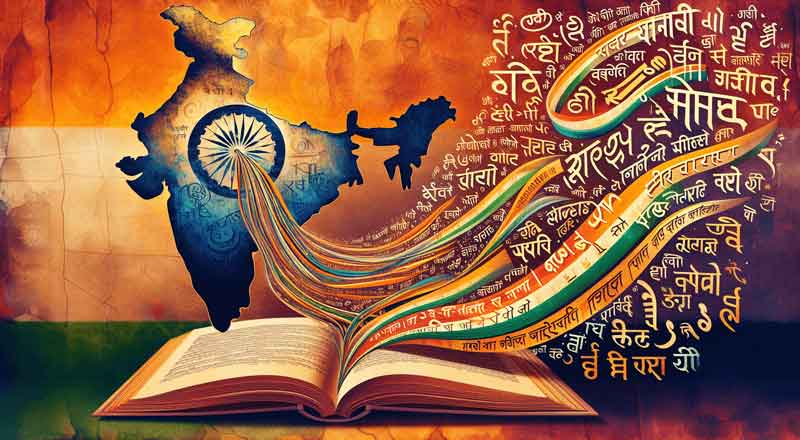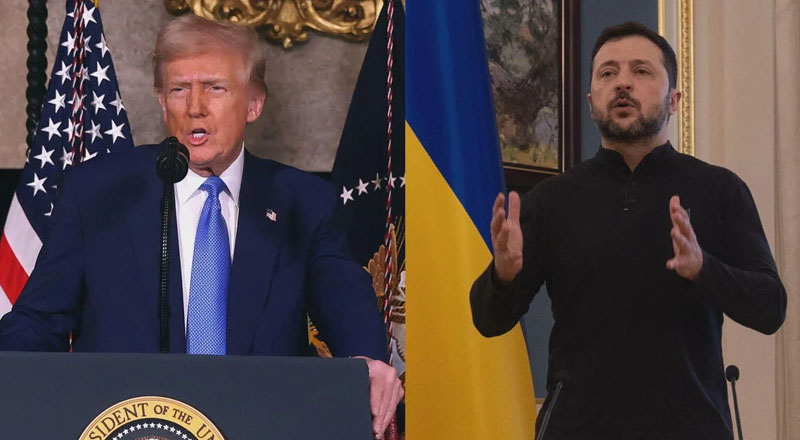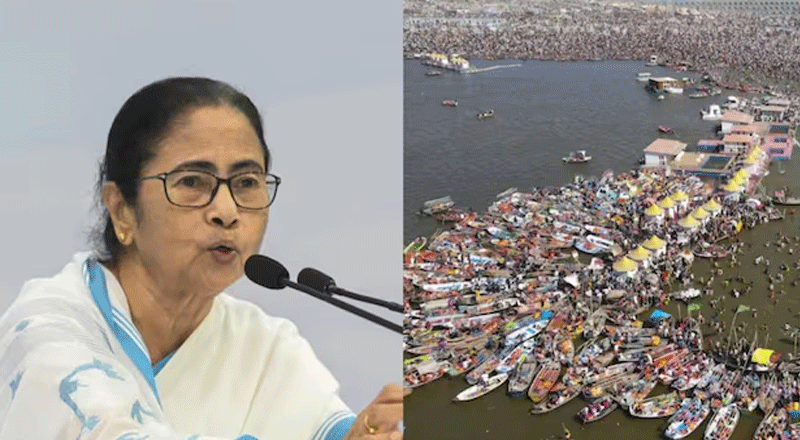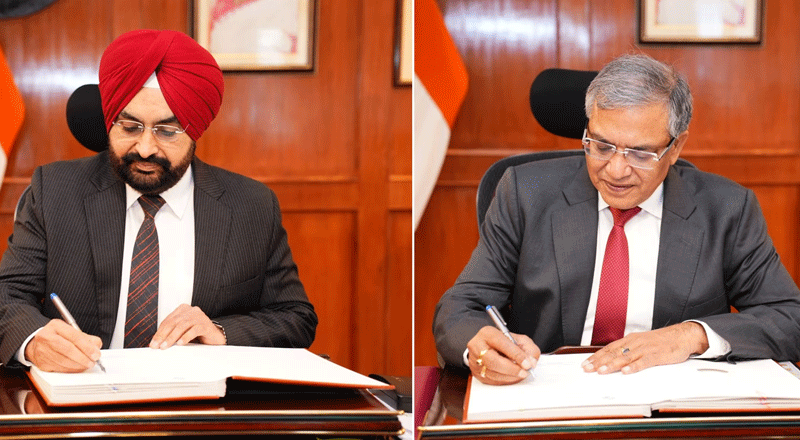India’s Vast Linguistic Heritage
India is one of the most linguistically diverse countries in the world, with an astounding 121 languages and over 19,500 dialects spoken across its regions. This extraordinary variety represents not only India’s cultural richness but also its historical depth. Yet, only a select few languages have been granted the prestigious status of “classical language”—a recognition that acknowledges their historical, cultural, and literary importance.
On Thursday, the Union Cabinet made a landmark decision by conferring the status of “classical language” to five more Indian languages: Marathi, Bengali, Pali, Prakrit, and Assamese. With this addition, the number of classical languages in India now stands at 11, up from the previous six. This development is a significant step toward preserving and promoting India’s linguistic and cultural heritage.
The New Classical Languages of India
The addition of Marathi, Bengali, Pali, Prakrit, and Assamese to the list of classical languages highlights the importance of recognizing linguistic traditions that have shaped India’s cultural and literary history. These languages are not only spoken by millions of people but also hold a treasure trove of ancient texts, epics, and philosophical works that reflect India’s intellectual and cultural legacy.
- Marathi:The language of Maharashtra, Marathi has a rich literary tradition dating back centuries, with works that have significantly influenced literature, music, and drama in India. From the Bhakti poetry of Sant Dnyaneshwar to the works of modern writers like Vinda Karandikar, Marathi continues to be a vibrant medium of expression.
- Bengali:With a literary history that includes Nobel laureate Rabindranath Tagore, Bengali is a language known for its vast contributions to art, culture, and intellectual thought. The language has a powerful presence in the fields of poetry, novels, and essays, making it one of the most influential languages in South Asia.
- Pali: The language of the Buddhist scriptures, Pali has immense spiritual and philosophical importance. Although no longer widely spoken, it remains the language in which the sermons of the Buddha were first recorded. Its historical significance extends beyond India to countries like Sri Lanka, Myanmar, and Thailand, where Buddhism is widely practiced.
- Prakrit:An ancient language that influenced many modern Indian languages, Prakrit was used in early Jain and Buddhist texts. It played a crucial role in shaping India’s literary landscape, and its recognition as a classical language will bring renewed focus to its contributions to Indian thought and culture.
- Assamese:The primary language of Assam in northeastern India, Assamese has a deep literary history, with significant contributions to the region’s art and culture. Its classical status will help preserve the ancient texts and traditions associated with this historically significant language.
What Does Classical Language Status Mean?
The designation of a “classical language” in India is more than just a symbolic honor; it brings with it several tangible benefits aimed at preserving and promoting these languages. Classical languages are recognized for their high antiquity, their body of ancient literature, and their distinct literary traditions that have not been derived from other language communities.
The concept of classical languages was first introduced in 2004 when Tamil was granted this status. The list has since expanded to include Sanskrit (2005), Kannada (2008), Telugu (2008), Malayalam (2013), and Odia (2014). The criteria for this designation were further refined by the Linguistic Experts Committee (LEC) in 2024, emphasizing the antiquity, cultural heritage, and original literary traditions of these languages.
Criteria for Classical Language Status
A language must meet four key criteria to be considered for classical status:
- High Antiquity: The language must have recorded history and literature spanning over 1,500 to 2,000 years.
- Ancient Literature: The body of literature must be regarded as a cultural heritage by successive generations.
- Independent Literary Tradition: The language should have a distinct literary tradition that is not borrowed from another speech community.
- Cultural Continuity: The language’s literature and knowledge systems should continue to influence modern thought, philosophy, or literary practices.
The Impact of Classical Status: Preserving and Promoting Language
Conferring classical language status offers various benefits that aim to preserve these languages and promote scholarly research. The move not only enhances the cultural pride of speakers but also stimulates interest in ancient literary traditions. Some of the immediate impacts of this status include:
- Cultural Preservation:Classical status ensures the preservation of ancient texts, manuscripts, and knowledge systems. Languages like Pali and Prakrit, which are no longer widely spoken, will benefit from focused conservation efforts, including digitization of manuscripts for future research.
- Academic Research:Dedicated research institutions will be established to study these languages. Students pursuing higher studies in these languages will have access to scholarships, research funding, and academic resources to deepen their understanding of India’s linguistic heritage.
- Economic Opportunities:The recognition of classical languages also opens up new avenues for economic development, particularly in the tourism sector. Heritage tourism, language-based publishing, and educational platforms focusing on classical languages can create new jobs and business opportunities in India.
- National and Global Recognition:Languages that have been granted classical status often attract international attention, making it easier for global scholars to collaborate on research projects and translations. This global recognition fosters a greater appreciation of India’s contribution to world literature and culture.
Supporting Classical Languages: Government Initiatives
The Indian government has taken several steps to support the promotion of classical languages. The Ministry of Education offers financial aid and research grants to promote classical studies. Centers for Excellence in Classical Studies have been set up at universities to facilitate the translation of ancient texts, conduct research, and offer specialized courses. These initiatives have been successfully implemented for Tamil, Sanskrit, Telugu, Kannada, Malayalam, and Odia, and will now extend to the newly designated classical languages.
Additionally, national and international awards have been instituted to recognize achievements in classical languages. This not only incentivizes scholars and writers but also raises public awareness of the importance of preserving these ancient tongues.
Celebrating India’s Linguistic Legacy
India’s linguistic diversity is one of its greatest cultural assets, and the recognition of more classical languages serves as a testament to the country’s rich literary and intellectual history. By granting classical status to Marathi, Bengali, Pali, Prakrit, and Assamese, the government has taken a crucial step toward preserving these languages for future generations. This acknowledgment reinforces India’s position as a global leader in linguistic and cultural heritage, celebrating the voices that have shaped its past and will continue to influence its future.
(With inputs from agencies)





